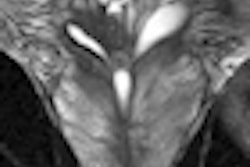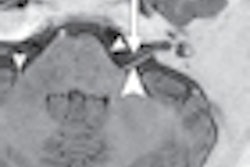Among patients initially diagnosed with low-risk prostate cancer, those with tumors clearly visualized by endorectal MRI were significantly more likely to have their disease status upgraded at biopsy, according to a new study in the Journal of Urology.
The researchers from Memorial Sloan-Kettering Cancer Center found that adding endorectal MRI to an initial clinical evaluation of these patients helped to assess their eligibility for active surveillance and avoid overtreatment for the disease.
The study included 388 patients who had an initial prostate biopsy between 1999 and 2010, a Gleason score of 6 or less, and a biopsy to confirm the assessment within six months of initial diagnosis. An endorectal MRI was performed in all patients between the initial and confirmatory biopsies. The MRI studies were interpreted by three radiologists; they each assigned a score of 1 to 5 for the presence of a tumor, with 1 meaning definitely no tumor and 5 meaning definitely tumor.
On the follow-up biopsy, Gleason scores were upgraded in 79 cases (20%). Patients with higher MRI scores were more likely to have their disease upgraded at the confirmatory biopsy, while an MRI score of 2 or less was highly associated with low-risk features on confirmatory biopsy, according to the researchers.
These results indicate that MRI of the prostate, if read by radiologists with appropriate training and experience, could help determine eligibility for active surveillance and avoid confirmatory biopsy in substantial numbers of patients, said lead investigator Dr. Hebert Alberto Vargas.



.fFmgij6Hin.png?auto=compress%2Cformat&fit=crop&h=100&q=70&w=100)




.fFmgij6Hin.png?auto=compress%2Cformat&fit=crop&h=167&q=70&w=250)











